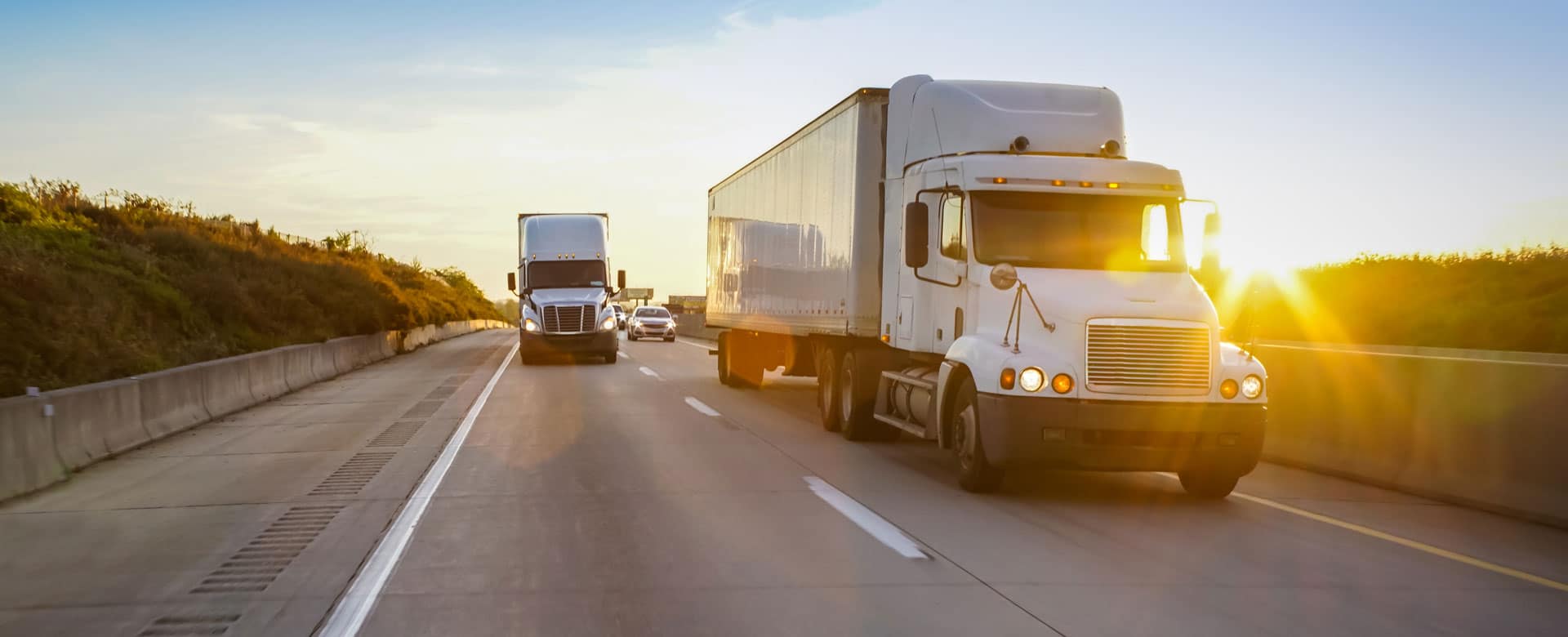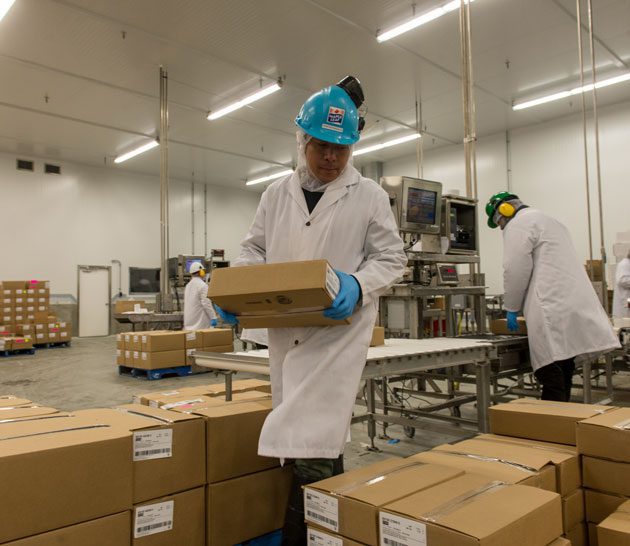Supply Chain


Our Supply Chain team navigates a fast-paced network of manufacturing facilities and distribution centres to ensure our customers get the products they want.
With a career path in Supply Chain, you will be delivering on the highest expectations.
Real consumers are at the end of our supply chain
We feed millions of consumers every day. To do that, we need a robust supply chain that delivers our products to our customers in the most efficient manner possible — and eventually to your table at home.
Here’s what you’ll be doing:
– Work together with other teams to develop proficiency in our supply chain
– Build demand and supply plans to satisfy the market and balance food waste
– Provide an exceptional customer experience

